Posted on: Monday January 20, 2020
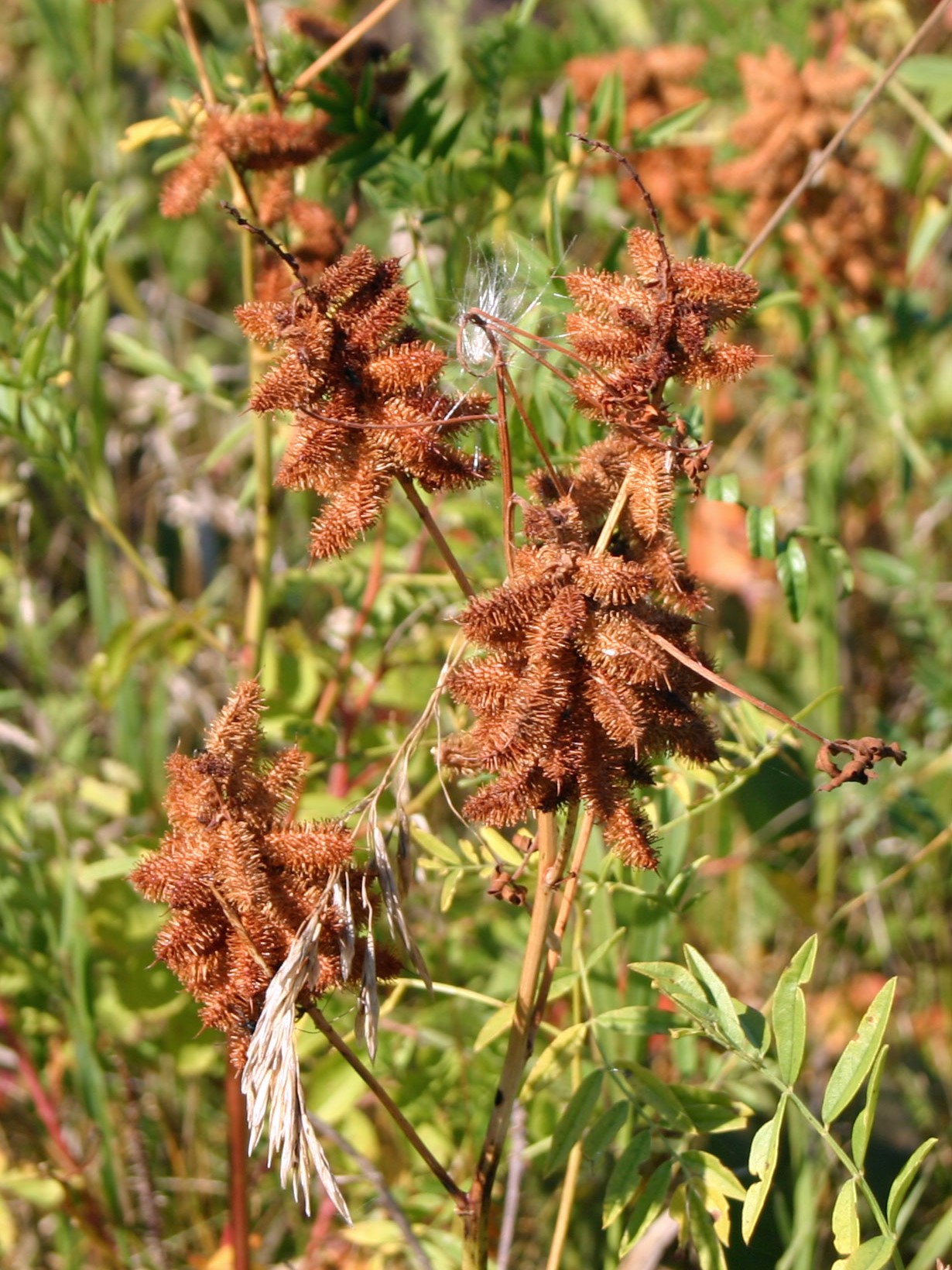
Many plants use the wind to disperse their seeds. But what if a plant lives somewhere that isn’t very windy? How do they encourage their children to “launch”? Many plants decided to take advantage of animals’ mobility. One way plants do this is by growing little hooks or stiff hairs on the fruits that readily catch onto the fur or feathers of an animal when they are ripe. The fruits are carried for possibly hundreds of kilometers before getting rubbed off. The fruits of many North American prairie plants are adapted for transport on bison fur.
Image: The seeds of wild licorice (Glycyrrhiza lepidota) have hooked bristles that catch readily on the fur of passing animals, like bison.
But what if you live somewhere where there aren’t a lot of big, hairy animals. As it turns out there are ways to get smaller creatures to transport your seeds as well. You do it by producing a substance that the animals find irresistible: fleshy fruits.
Plants that live on the forest floor have it pretty tough because there is very little wind and there usually aren’t big herds of animals hanging around. So some early flowering plants, including violets, bloodroot and Dutchman’s breeches, adapted to use insects to disperse their seeds instead. The seeds of these plants have fatty structures attached to them called eliosomes. After the seeds fall off the parent plant, ants carry them to their nests, remove the eliosomes and then abandon the seeds. The plant seeds sprout readily in the disturbed habitat.
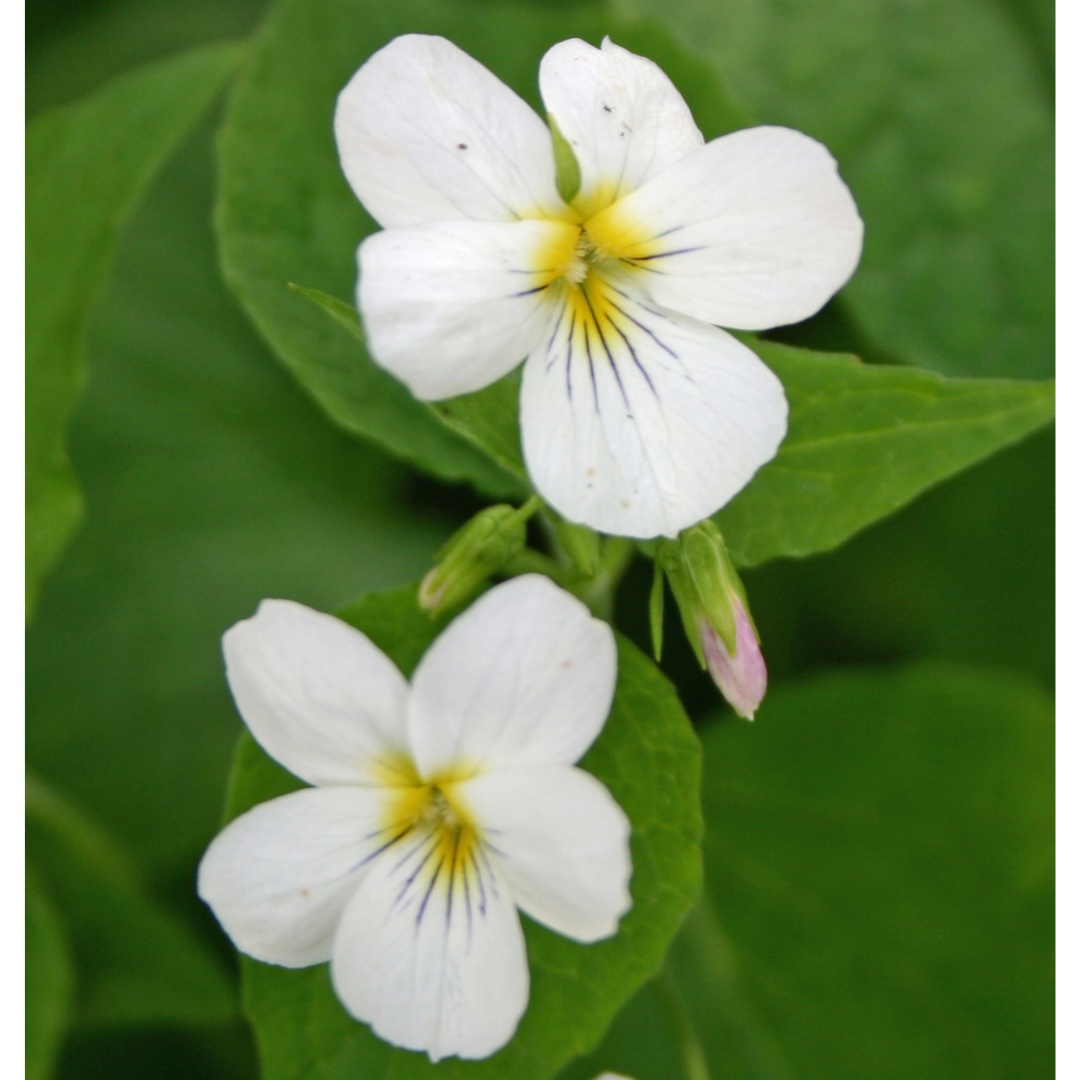
The seeds of violets (Viola) are dispersed by ants, which eat the fatty structures attached to them.
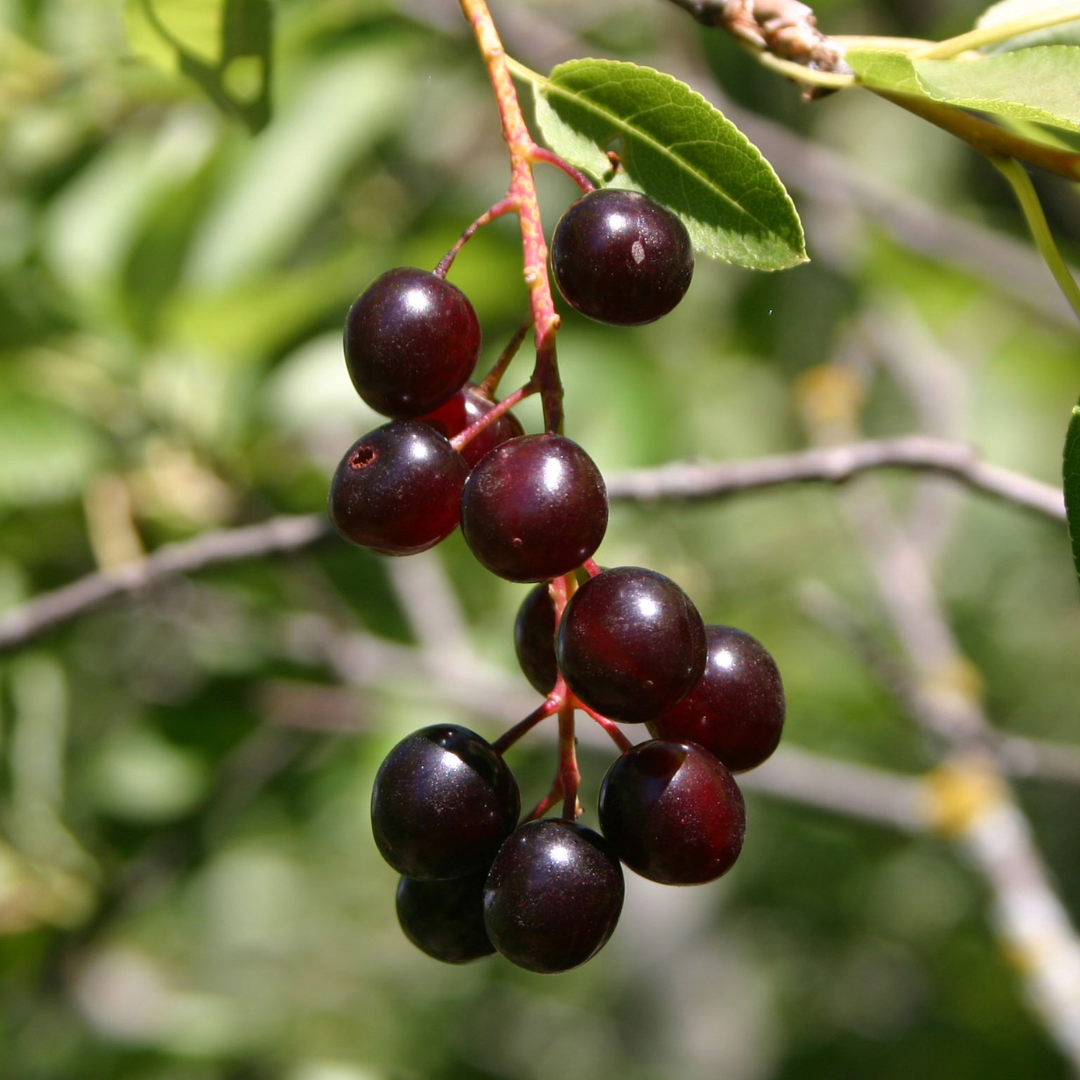
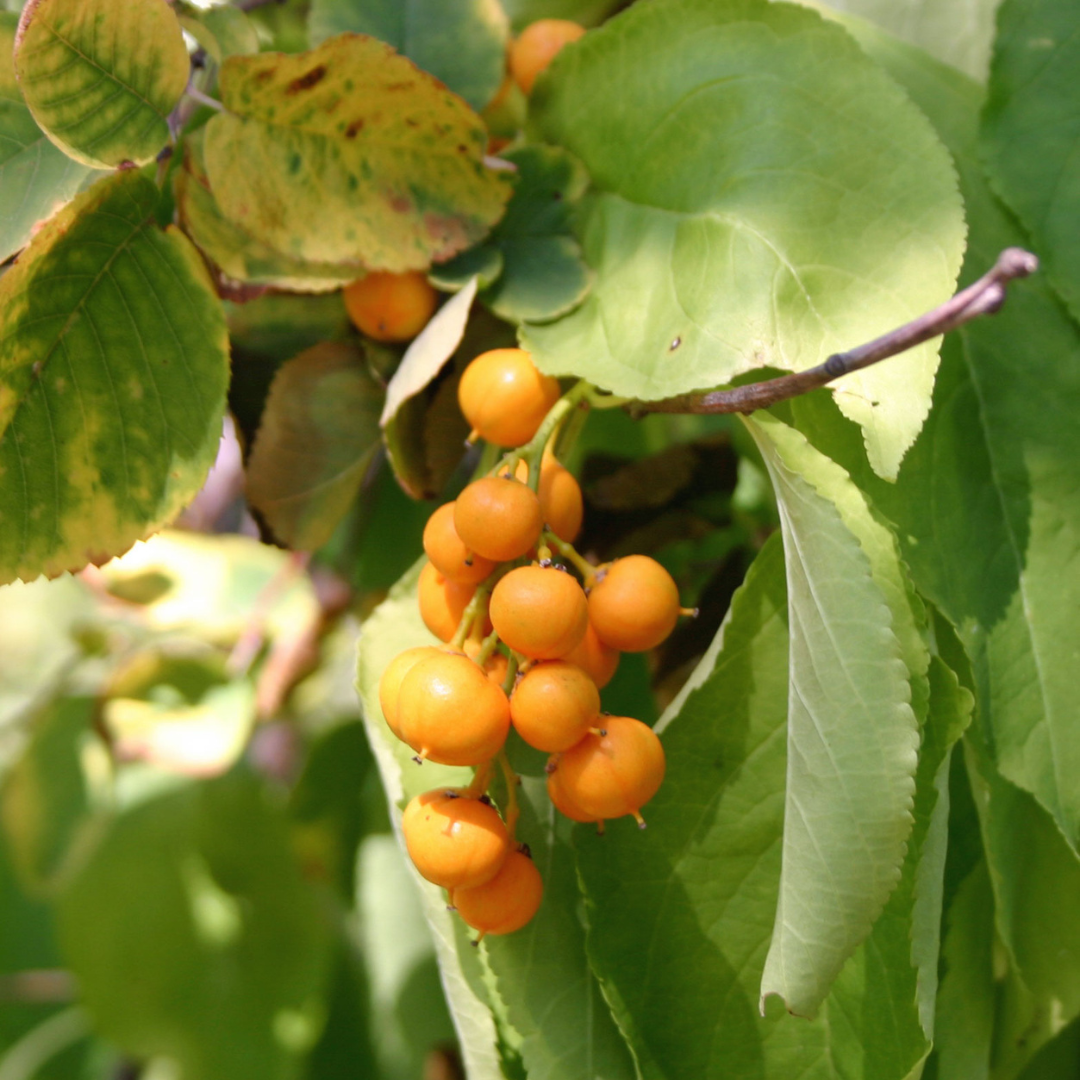
Some fruits, like bittersweet (Celastrus scandens), contain toxins to discourage mammals from eating them.
Plants with fruits that ripen late in the year often rely on flocks of migratory birds for dispersal. Birds are particularly good seed dispersers because they lack teeth, typically swallowing fruits whole. In bird stomachs, the fleshy part of the fruit is digested but the tough seeds usually excreted intact. In fact, the seeds of many plants need to pass through the guts of animals before they will even germinate. However, some fruits are toxic to mammals (like rodents) but not birds. This is because mammals tend to chew the seeds as well as the fleshy parts, killing the baby plant. For that reason, berries that birds can eat are not always safe for people! Therefore, make sure you have correctly identified and researched the toxicity of any fruit before you eat it.
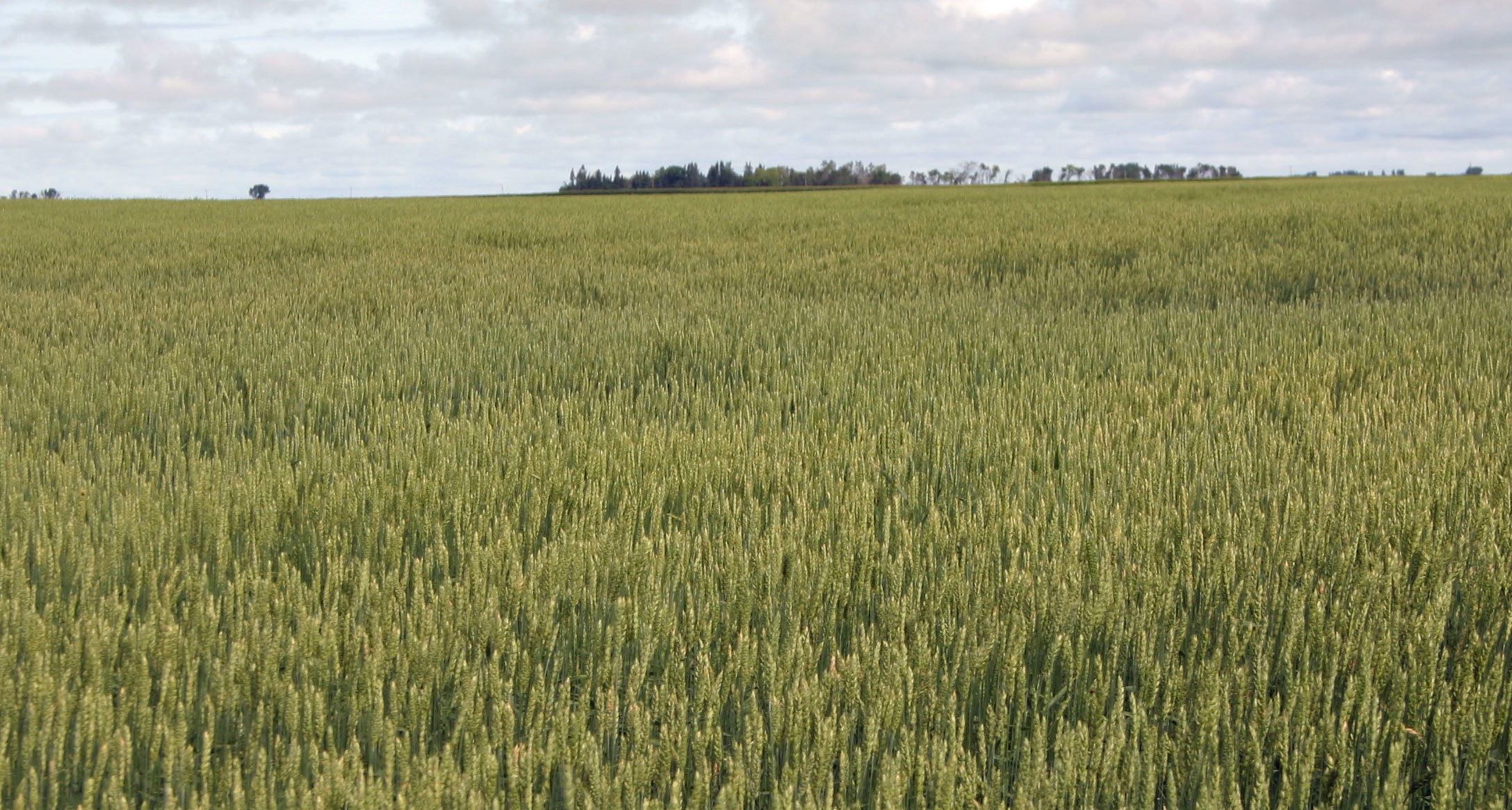
There’s one more creature that plays a huge role in the dispersal of seeds: people. Humans are by far the best seed dispersers ever. We don’t just move seeds a few kilometers; we move them to entirely new continents, creating the exact kinds of conditions the plants like to grow in. Humans like to think that we domesticated plants and forced them to do our bidding, but it is entirely possible that it was the other way around; perhaps it was the plants that domesticated us.
Wheat (Triticum) plants hookwinked a certain group of mammals into dispersing their seeds all across the planet: humans.






